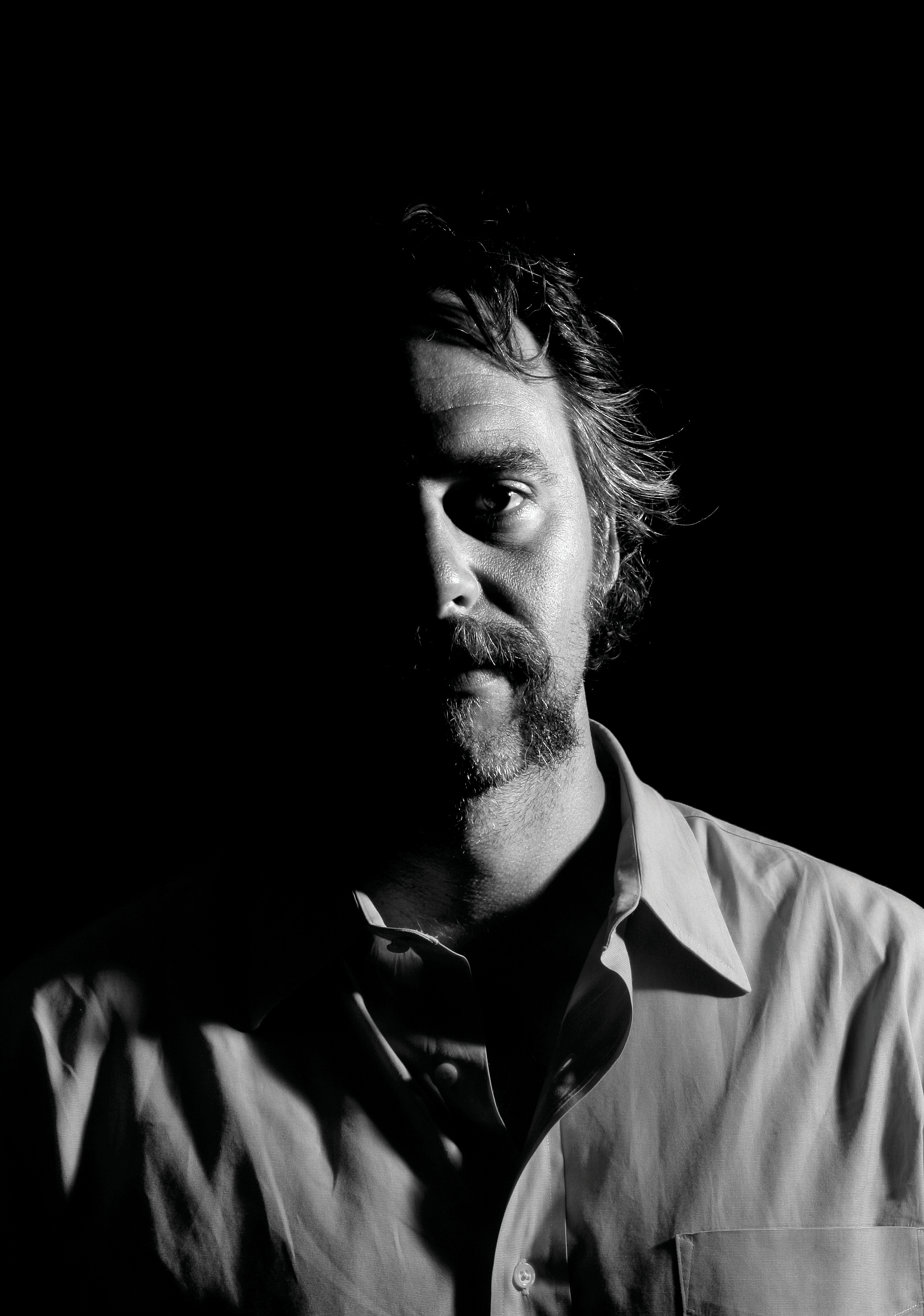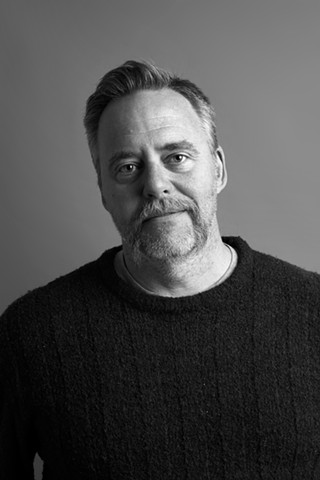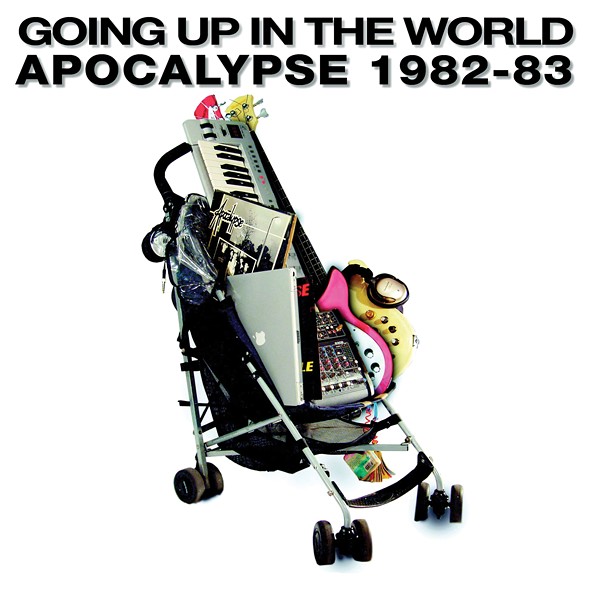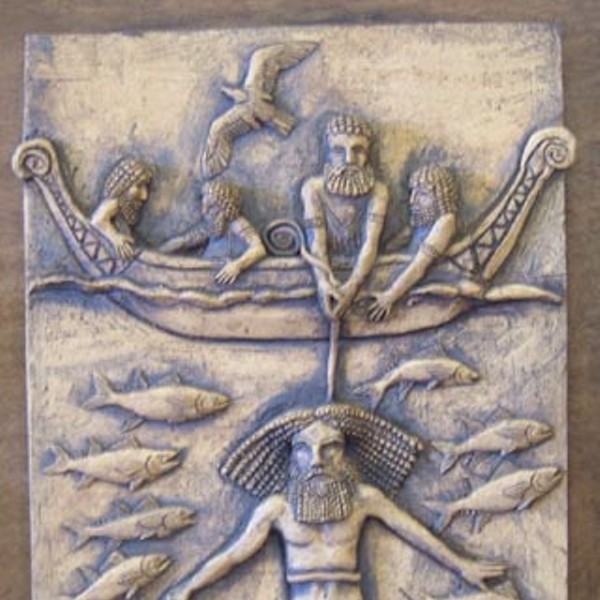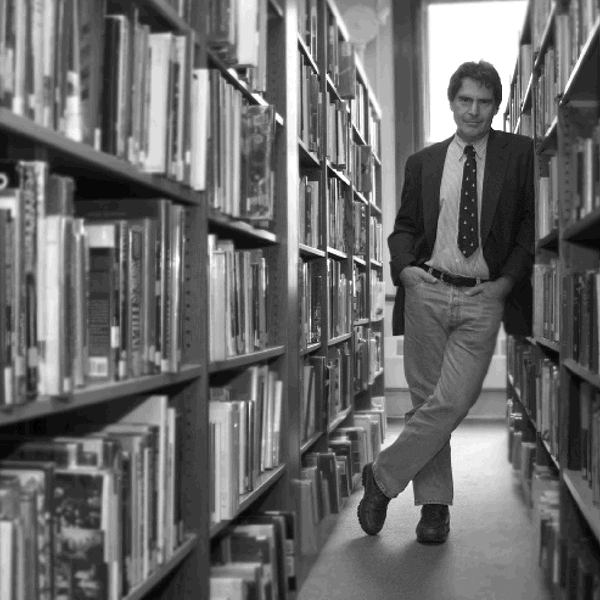It’s the new year, and a thoughtful editor’s mind turns to endings—or at least predictions of endings. Apocalypse, in other words. Like every year that passes without the universe actually going kablooey, 2011 wasn’t great for doomsayers. Just ask Harold Camping of Christian Radio, who predicted the end of the world on May 21, and then again on October 21. (Camping had previously prophesied the Rapture—the righteous flying up to heaven like William Katt in “The Greatest American Hero,” the wicked visited with plagues of hackey-sacking rollerbladers and other bits of nastiness.)
This year was looking like a good year for the apocalypse for a while, what with the Mayan calendar ending and all, but in recent months, experts have been backpedaling on what the actual “end” of the Mayan calendar means. As Sandra Noble of the Foundation for the Advancement of Mesoamerican Studies tells Eric Francis Coppolino in “The Most Important Year of Your Life,” a doomsday event associated with the end of the Mayan calendar is “a complete fabrication.” According to Noble, the ancient Maya were not hamstrung by notions of cataclysm, instead they viewed reaching the end of the calendar as a cause for “a huge celebration to make it to the end of a whole cycle.”
Our house astrologer makes another salient point about how we incorporate the End Times into our cultural DNA: Christianity has always been waiting on the Four Horsemen, like a bus that never arrives, since just after the death of Christ and the writing of the Book of Revelation (also known as the Apocalypse of John) in the first century.
The word apocalypse itself is dominated by its stapling to John’s morbid chronicle of torment and savagery presaging Christ’s triumphant return. Though John probably wrote his Gospel in Aramaic, the root form is the Greek apokálypsis, “lifting of the veil,” or “revelation.” As I’ve never found the revelations in the Book of Revelations all that revelatory (other than the excited imagination of its author), I’d like to shelve the “bad” apocalypse and bring on the “good” apocalypse, invoking the pulling-back-the-curtain quality of its meaning to highlight some the revelations we have in store this month.
Nutritional Apocalypse
Harvard scientist Victor Herbert famously noted 20 years ago that Americans have the most expensive urine on Earth, due to our consumption of expensive vitamins that have little effect on overall health. The efficacy of nutritional supplements has been much debated in the ensuing two decades, and a pair of new studies that link supplements to worse health outcomes has brought the issue into bright relief. In “The Vitamin Debate: To Pop Them or Toss Them,” Wendy Kagan reports on what nutritional supplements actually are and how to think about whole health nutrition.
Apocalypse of Childhood
Resident Zen mommy Bethany Saltman had the good fortune to interview writer Andre Dubus III for her column this month (Flowers Fall). Dubus documented his rocky childhood relationship with his father (also a celebrated writer) in his latest book, Townie, and how he overcame neglect and abuse through creativity. Dubus, a father of three, saw his relationship with his father deepen as his father aged. There’s hope for us all, I guess.
Natural Apocalypse
We were taken to task this month by one of our readers (Letters, page 11) for not adequately covering the ongoing cataclysm that is the damage wreaked by the post-Irene floods in the Catskills. The same cannot be said of online newshub the Watershed Post. During the Noachian-type deluge, the Post was publishing emergency information continuously, and received 80,000 visits in 10 days. Karin Ursula Edmondson talks with Lissa Harris and Julia Resichel of the Post about the possibilities of grassroots digital journalism in news-starved rural communities.
Personal Apocalypse
Photographer Annie Leibowitz has been through a lot in the past few years. She lost her life partner, Susan Sontag, in 2004, and since then has endured some nasty financial troubles which were fodder for both the tabloids and the business pages. Her new book, Pilgrimage, contains photographs of places of iconic significance to Leibowitz and to us all—Pete Seeger’s cabin, the desert landscape that Georgia O’Keefe painted. Leibowitz has described the project as “an exercise in renewal.” Jay Blotcher previews her upcoming appearance at Oblong Books & Music in Rhinebeck on January 7 (“Modern Reliquaries”).
Technicolor Apocalypse
Talk about pulling back the curtain. Twist, the latest release from roots revisionists The Wiyos, is a sly homage to The Wizard of Oz, an impressionistic journey loosely based on the film that Music Editor Peter Aaron describes as Big Pink meets Pink Floyd. Peter spent some time with these theatrical cabaret rockers prior to their engagement at Club Helsinki in Hudson on January 28 (“Off to See the Wizard,” page 48).
Apocalypse Chow
The chocolate apocalypse would undoubtedly be most everyone’s favorite form of Götterdämmerung. (Except mine, as I never developed a taste for the sensual brown stuff, having been raised in the Soviet Union to spy on your country.) In Food & Drink this month, Jonathan Dixon visits three local chocolatiers to find out the decadent secrets hidden within their confections. (“Heart-Shaped Box”). Dixon, a Woodstock resident and itinerant journalist, is the author of Beaten, Seared, and Sauced: On Becoming a Chef at the Culinary Institute of America (Clarkson Potter, 2011), and will be penning a few pieces for us while Food Editor Peter Barrett is on an art-making sabbatical.
- Home
- Arts
- Food & Drink
- Towns
- Home & Design
-
Towns
- Accord
- Amenia
- Beacon
- The Berkshires
- Catskill
- Chatham
- Cold Spring
- Cornwall
- Ellenville
- Gardiner
- Garrison
- Germantown
- Goshen
- Great Barrington
- Hunter
- High Falls
- Highland
- Hillsdale
- Hopewell Junction
- Hudson
- Hyde Park
- Kerhonkson
- Kinderhook
- Kingston
- Marlboro
- Middletown
- Millbrook
- Millerton
- Montgomery
- Mount Tremper
- New Paltz
- New Windsor
- Newburgh
- Orange County
- Pawling
- Peekskill
- Phoenicia
- Poughkeepsie
- Putnam County
- Red Hook
- Rhinebeck
- Rosendale
- Saugerties
- Stone Ridge
- Sugar Loaf
- Tivoli
- Wappingers Falls
- Warwick
- Woodstock
- Westchester
- Lifestyle
- Horoscopes
- Cannabis
- Wellness
- The River
- Events
- Chronogrammies
- Newsletters
- Add Your Event
- Support Us
- Login
- sign in
- Username
[]
Tags
About The Author
Brian K. Mahoney
Brian is the editorial director for the Chronogram Media family of publications. He lives in Kingston with his partner Lee Anne and the rapscallion mutt Clancy.
Support Chronogram
Related Content
Website
Chronogram







